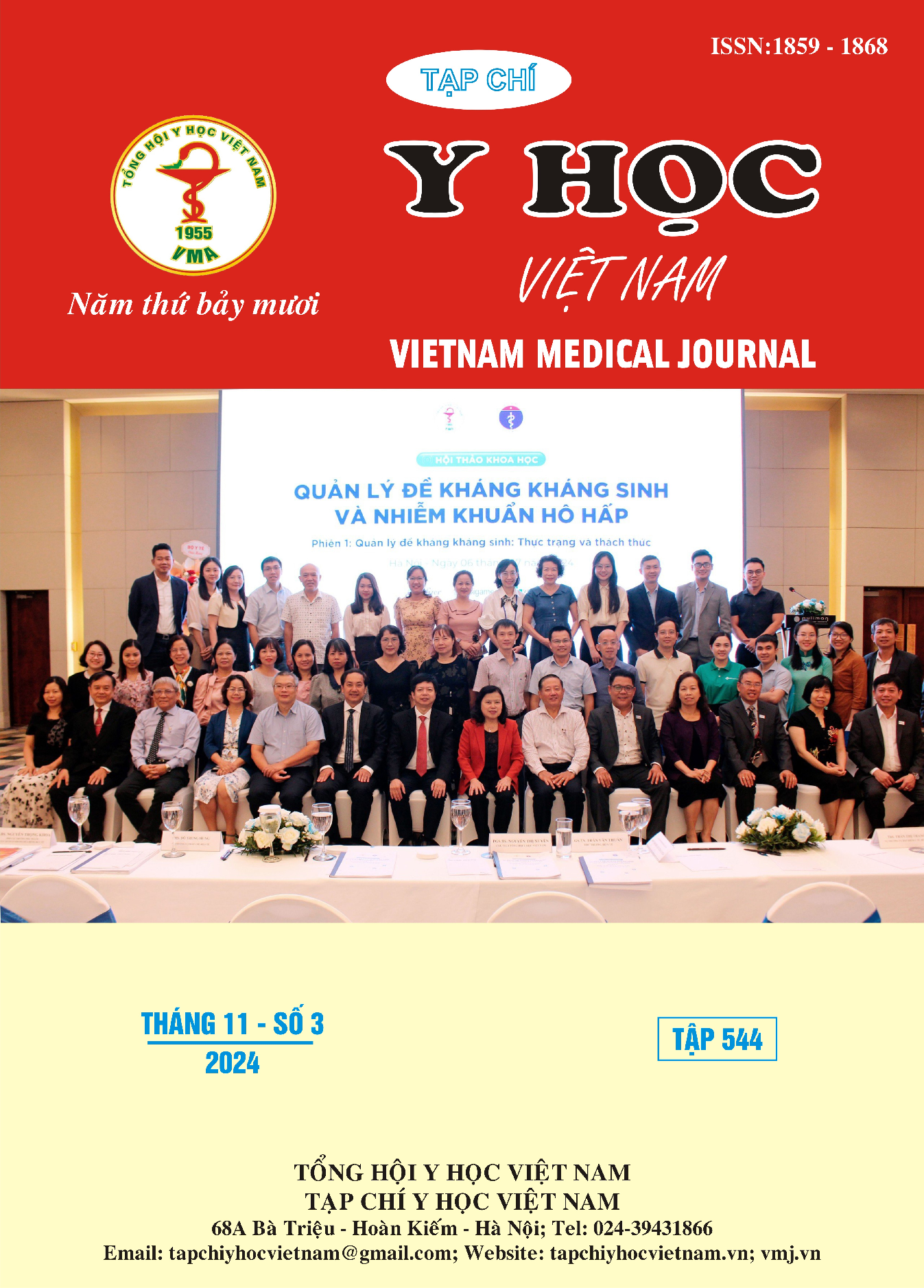HEALING OF PERIAPICAL LESIONS FOLLOWING NON-SURGICAL ROOT CANAL TREATMENT: A SYSTEMATIC REVIEW
Main Article Content
Abstract
Objective: This systematic review aims to evaluate and synthesize evidence on the healing outcomes of periapical lesions following non-surgical root canal treatment. Materials and Methods: A comprehensive search was conducted in the PubMed electronic database, covering literature published from 2019 to 2024. Studies were included based on the following criteria: (1) assessment of healing rates, (2) utilization of non-surgical root canal treatment, and (3) exclusion of review articles and case reports. The quality of the included studies was appraised using the PRISMA guidelines. Results: Out of 148 studies initially identified, 16 studies met all inclusion criteria. The findings indicate that the healing rate of periapical radiolucencies ranges from approximately 80% to 90%. Factors significantly associated with healing outcomes include the size of the periapical lesion, patient age, tooth type, and the quality of the primary root canal procedure. Conclusion: Non-surgical root canal retreatment demonstrates a comparable efficacy in the healing of periapical lesions. The success of the healing process after non-surgical retreatment is primarily influenced by the patient's age and the size of the pretreatment apical radiolucency.
Article Details
Keywords
non-surgical retreatment, healing, periapical lesion
References
2. Mosquera-Barreiro C, Ruíz-Piñón M, Sans FA, et al. Predictors of periapical bone healing associated with teeth having large periapical lesions following nonsurgical root canal treatment or retreatment: A cone beam computed tomography-based retrospective study. International endodontic journal. 2024;57(1):23-36.
3. Olivieri JG, Feijoo Pato N, Labraca P, et al. Outcome of Nonsurgical Root Canal Retreatment Procedures Obturated with Warm Gutta-percha Techniques: A Longitudinal Clinical Study. Journal of endodontics. 2023;49(8):963-971.
4. Zhang MM, Fang GF, Chen XT, et al. Four-year Outcome of Nonsurgical Root Canal Retreatment Using Cone-beam Computed Tomography: A Prospective Cohort Study. Journal of endodontics. 2021;47(3):382-390.
5. Goldberg F, Cantarini C, Alfie D, et al. Relationship between unintentional canal overfilling and the long-term outcome of primary root canal treatments and nonsurgical retreatments: a retrospective radiographic assessment. International endodontic journal. 2020;53(1):19-26.
6. Artaza L, Campello AF, Soimu G, et al. Outcome of Nonsurgical Root Canal Treatment of Teeth With Large Apical Periodontitis Lesions: A Retrospective Study. Journal of endodontics. 2024.
7. Stueland H, Ørstavik D, Handal T. Treatment outcome of surgical and non-surgical endodontic retreatment of teeth with apical periodontitis. International endodontic journal.2023;56(6):686-696.
8. Walsh RM, Attar S, Turner CL, et al. Clinical outcomes of non-surgical root canal obturations using NeoMTA: A retrospective series of case reports. Australian endodontic journal: the journal of the Australian Society of Endodontology Inc. 2023;49 Suppl 1:455-461.
9. Signor B, Blomberg LC, Kopper PMP, et al. Root canal retreatment: a retrospective investigation using regression and data mining methods for the prediction of technical quality and periapical healing. Journal of applied oral science: revista FOB. 2021;29:e20200799.
10. Mareschi P, Taschieri S, Corbella S. Long-Term Follow-Up of Nonsurgical Endodontic Treatments Performed by One Specialist: A Retrospective Cohort Study about Tooth Survival and Treatment Success. International journal of dentistry. 2020;2020:8855612.


